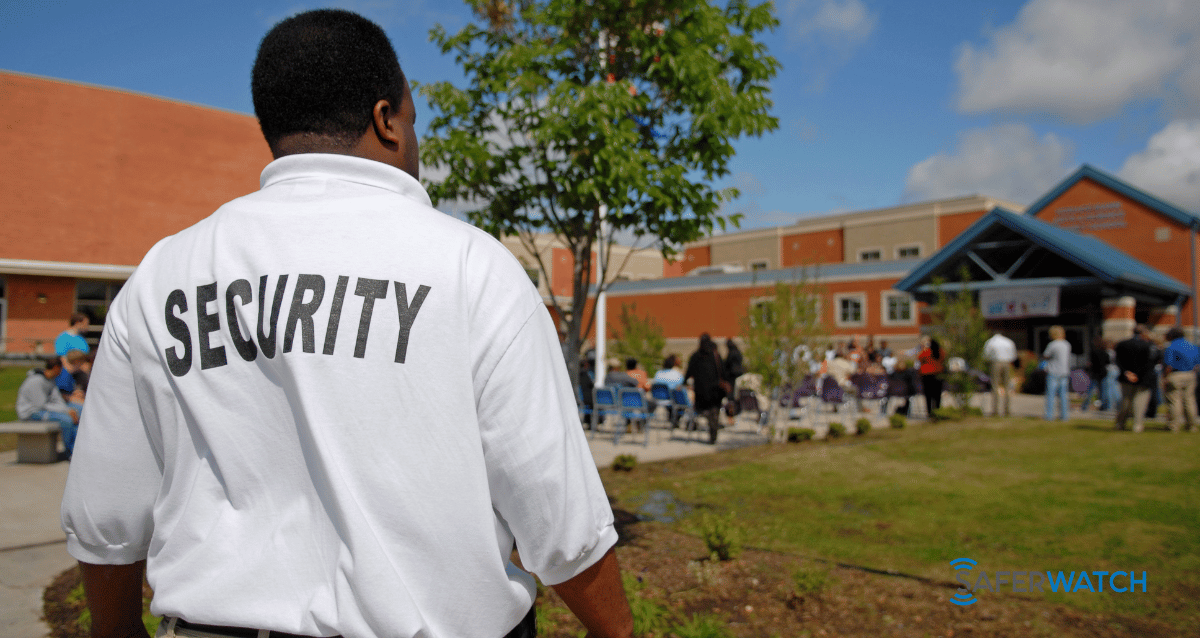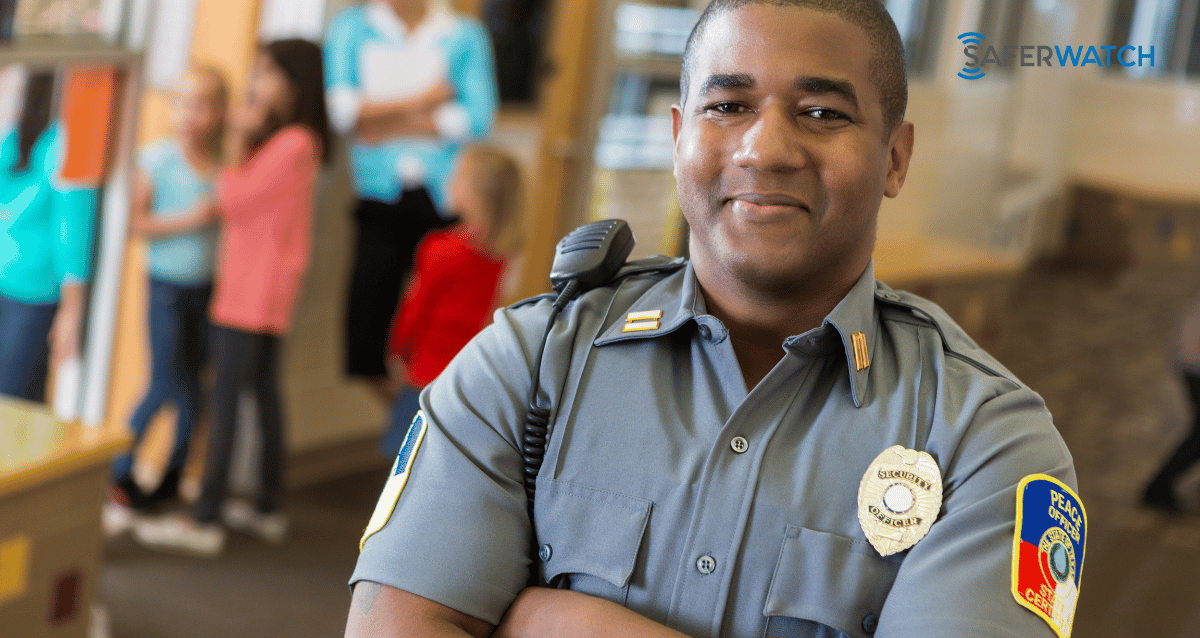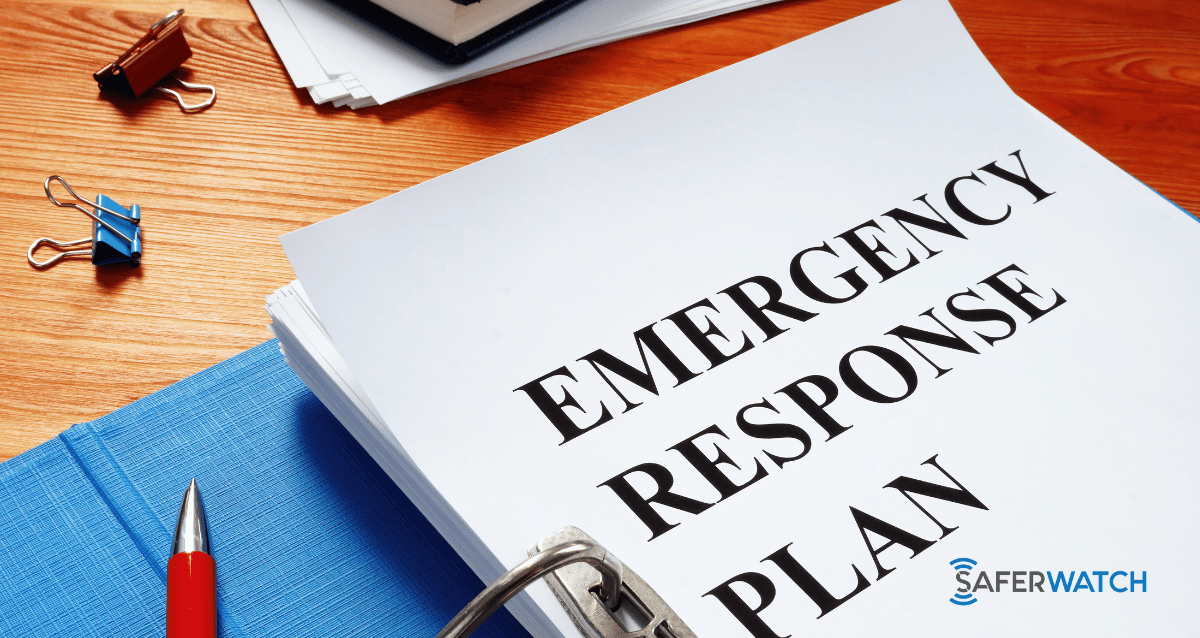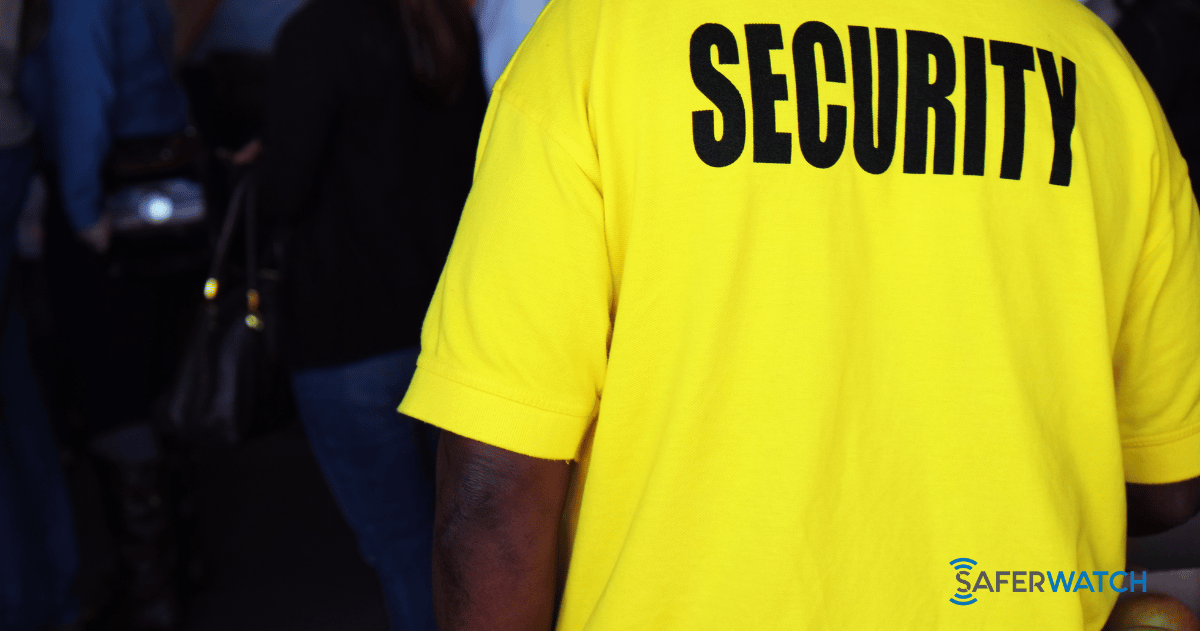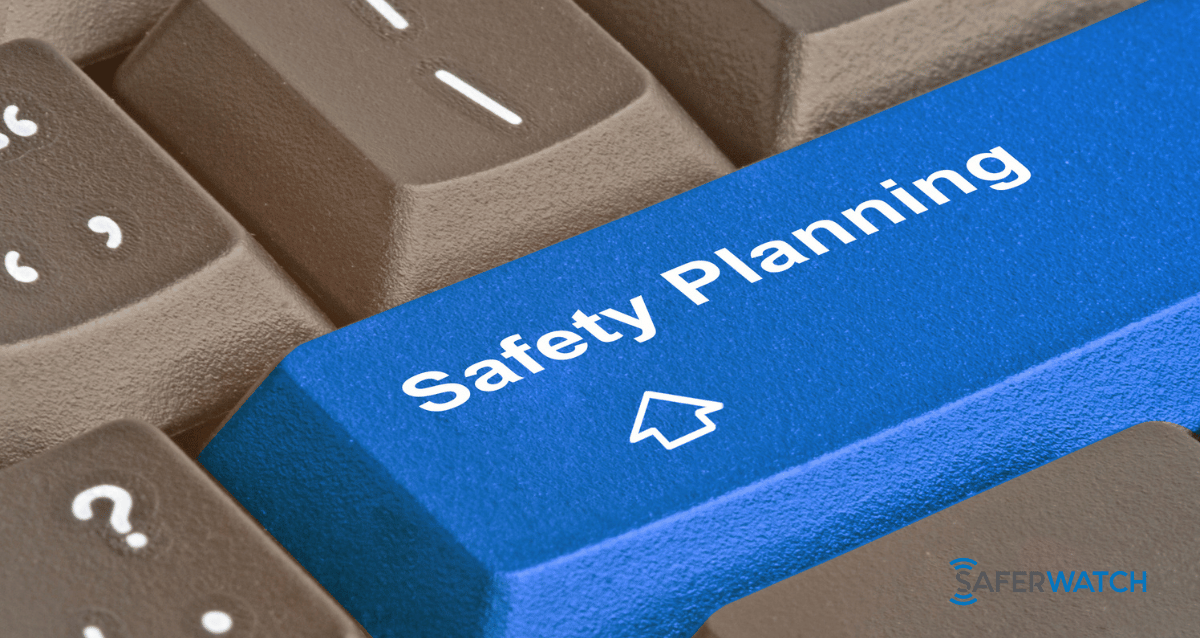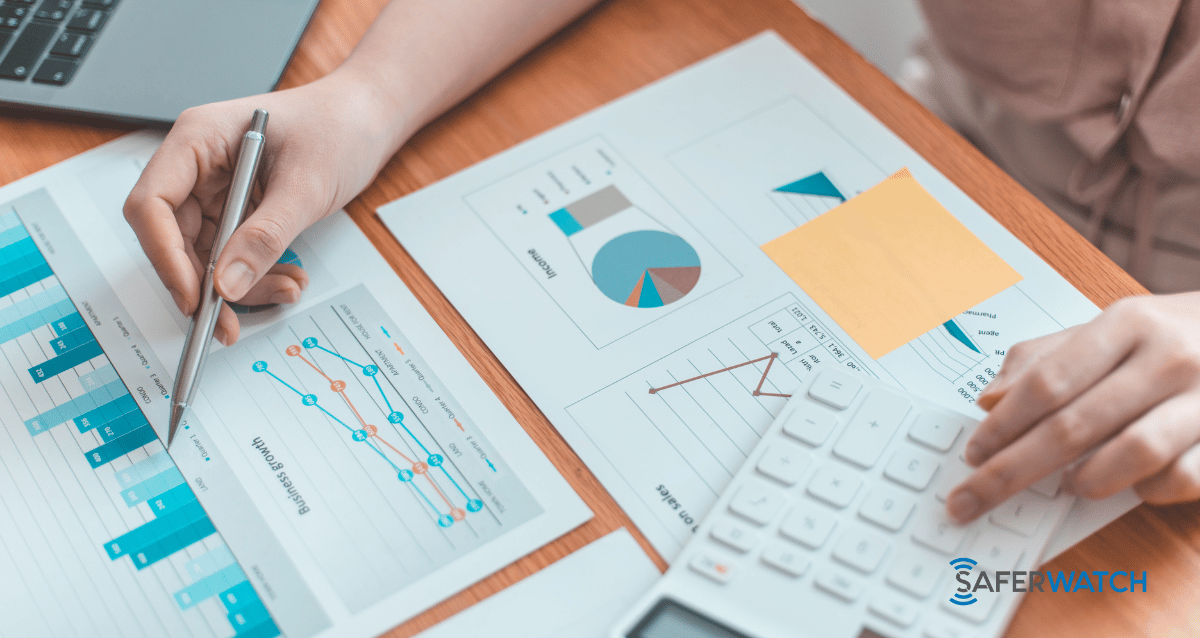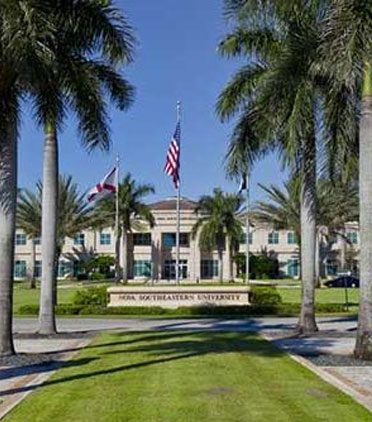How Threat Assessment Tools Can Enhance Safety in Public Venues and Events
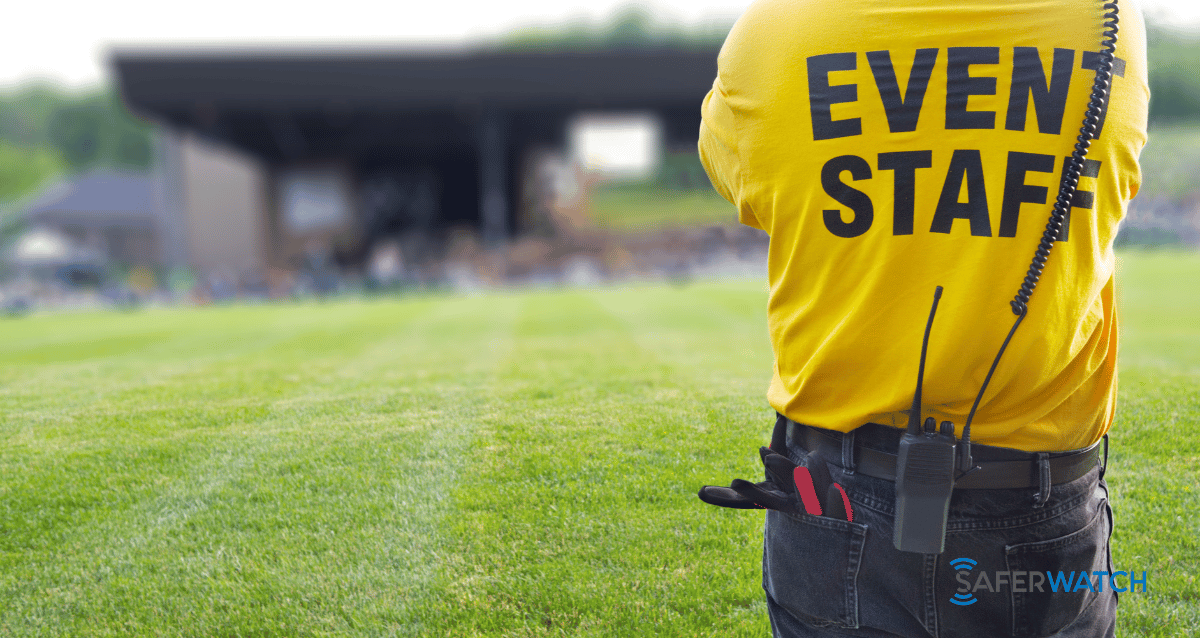
How Threat Assessment Tools Can Enhance Safety in Public Venues and Events
For any event with a large number of attendees, threat assessment tools can be used to ensure it is both enjoyable and secure. This comprehensive plan enhances safety for public venues and events by providing an effective way to assess the potential risks associated with them. Ultimately, these risk assessments guarantee that your event has taken all possible steps to ensure the security of everyone present – making sure your visitors have a great experience while their safety remains the top priority.
Key Takeaways
- Understanding security for events and assessing type, venue, location, and crowd size
- Developing a comprehensive threat assessment to identify potential risks and severity
- Implementing control measures such as personnel training, emergency response procedures and barrier systems
Understanding Security For Events
Event risk management is a vital part of ensuring the safety and orderliness of attendees at events, thus highlighting how crucial security for them can be. Just like schools must have safety plans in place, so too should an extensive strategy to guarantee protection for everyone involved to be formed before any event takes place – this includes identifying those responsible, recognizing potential hazards, establishing safeguards and protocols in case of emergencies as well as setting goals and providing training on relevant topics such as threat assessment records.
Off-duty officers provide private services when it comes to securing events. Their professionals understand the significance that forming a secure environment carries with it. Their staff aid clients by evaluating necessary information related to hosting specific occasions, including analyzing what kind of gathering will take place along with assessing space capacity while also implementing measures meant to control crowd size, among other tasks included under their comprehensive package to manage event-related aspects
Assessing Event Type
The amount of security required for an event depends on its type. Whether it’s a private party, corporate affair, or mass gathering orchestrated by school districts, all come with their own safety issues to consider. To ensure the success and protection of those involved as well as maintain the reputation of said events. Threat assessment beforehand is indispensable in identifying any potential threats that can be prevented. By collaborating with professional security services companies, large-scale occasions are ensured total risk reduction during preparation stages before occurring publicly.
Evaluating Venue and Location
When determining the safety of a venue and location, it is important to consider potential risks such as natural disasters, terrorism, or other dangers for both smaller meetings and large convention centers. Trained professionals should analyze threats through risk assessments, gather intelligence about an area’s environment, and carry out security measures in order to protect any attendees.
Security personnel with good reputations must be recruited if possible, along with precautions like access control systems coupled with surveillance activities plus emergency plans that can help decrease danger levels at events, including trade shows. Accessibility features are also significant when deciding on venues. These include ample parking availability near public transportation routes as well as creating spaces available for people living with disabilities while avoiding violent actions from occurring.
Estimating Crowd Size
To guarantee adequate security measures, it is essential to make an accurate assessment of the crowd size. Strategies such as Jacobs’ Method and area-based approach can be utilized to estimate this figure, while density maps offer a more precise calculation. Through these strategies, proper management of crowds may successfully be achieved by supplying enough personnel for sufficient protection purposes.
Developing a Comprehensive Threat Assessment
To ensure school safety, threat assessment teams, and management programs are in place to identify any potential risks. This includes communicating with those responsible for the threats or dangerous behaviors so as to analyze their credibility and severity. The purpose of these efforts is not only to help schools but also to manage the identified risk factors accordingly by mitigating them effectively. Identifying possible hazards associated with a particular environment requires thorough investigation, which entails examining all communication sources that might be indicative of malicious intent towards other members at school premises or within its vicinity
Identifying Potential Risks
Risk assessment requires an examination of all the likely risks, such as security issues, fire safety, crowd control matters, and medical emergencies. Events staged at public sites can present a range of challenges like extremist activities or gun violence that need to be taken into consideration together with lower attendance levels than anticipated and budget discrepancies. To accurately assess any dangers posed by these potential hazards, one must figure out their probability rate and what damage they might do if they happened for real. Thus, precautionary procedures, including training staff members on response strategies regarding threats plus employing techniques when managing crowds, are put into practice.
Analyzing Threat Severity
When evaluating the danger that a specific threat poses to an organization or system, its severity should be taken into consideration. This entails assessing such elements as how likely it is for this particular risk to materialize and what type of harm it could cause. One must also consider if the target is vulnerable to said threat.
By categorizing threats according to their level of seriousness, businesses can prioritize their response accordingly, tackling those with higher levels first in order to better protect themselves from any potential damage they may bring about.
Implementing Control Measures
Event organizers should be aware of potential dangers such as crowd management, terrorism, natural disasters, or other threats when conducting a safety risk assessment. Analyzing and assessing the magnitude of identified risks is essential in order to properly allocate resources for response efforts. Security personnel staff training programs on emergency response processes coupled with appropriate techniques for crowd control must all be put into place to reduce any possible hazard and guarantee an efficient, safe event outcome. It’s important that proper precautions are taken. Including signs/barriers, first aid kits provisioned, insurance coverage secured along evacuation plans enforced so that guests can feel assured their security comes first at every level while attending any kind of event activities taking place.
Hiring and Training Security Personnel
The process of staffing and equipping with security staff involves picking suitable guards, providing appropriate training, and liaising with the local police. Qualifications such as experience levels must be inspected before recruiting protective personnel. Training may include directions for emergency situations, protocols about fire exit rules along how to handle crowds during events securely. Joining forces with authorities in your area allows you to conform to event regulations established by law enforcement agencies when it comes to safety measures linked to security matters at that particular occasion or venue.
Selecting Qualified Security Guards
The safety of an event depends upon having well-qualified security guards in place. To make sure they are suitable, background checks must be carried out to ascertain the absence of a criminal record and that their qualifications/experience for the role meet expectations.
It is equally important that appropriate training programs have been done so they understand all relevant procedures required at the event. Plus, any possible risks or threats that could occur.
Providing Specialized Training
Having highly trained security personnel is necessary to be able to manage events and recognize potential risks. Providing specialized training offers many advantages, such as providing increased safety for those attending the event, confidence in preparedness towards threats, and assurance of effective security staff. This type of training should include crowd control drills, threat assessment practices, emergency response plans, communication exercises, de-escalation tactics, and conflict resolution procedures.
Coordinating with Local Authorities
Ensuring safety and security for an event can be best achieved by collaborating with local authorities to create a unified response during crises. Gathering input from stakeholders, incorporating the community’s knowledge, and obtaining feedback are essential ways of fostering such cooperation. It is also important to stay mindful of applicable laws, follow protocol guidelines, as well as collect examples from state-level jurisdictions that could improve coordination when it comes to execution planning, etc.
Establishing Emergency Response Procedures
The implementation of an emergency response plan is essential for the development of evacuation plans and resources, such as medical supplies and personnel with first aid certification. To properly coordinate communications between all parties involved in a crisis situation, it is important to set up communication protocols within chains of command where everyone understands their roles.
Training should also be provided so that staff members know how to use various forms of communication systems effectively during these times. Assessing available resources helps ensure appropriate measures are taken prior to any sort of emergency incident or catastrophe occurring, as well as in order to provide stabilization if needed after said event has occurred. Preparation through planning procedures allows organizations and individuals alike to make sure they have proper structure in place when facing unexpected emergencies, either big or small scale, along with having enough recovery options once everything calms down again.
Designing Evacuation Plans
Constructing effective evacuation plans involves a thorough assessment of event type and venue, evaluating crowd size potential risks, and assessing the severity level of those threats. Security guards should be qualified with specialized training given. Local authorities need to coordinate closely while medical resources must be prepared in advance for attendees’ safety assurance. Entry points require monitoring alongside the exit ones. Communication channels are also necessary to control barrier systems along with managing them all together – regular drills plus technology-supported emergency measures will give a plan its full efficacy.
Preparing Medical and First Aid Resources
When staging events and hosting visitors in public venues, it is necessary to ensure that adequate medical and first aid resources are readily available. This entails assessing which types of supplies are needed, stocking up on relevant items such as bandages, gauze pads, and antiseptic wipes, plus providing any pertinent equipment like defibrillators or oxygen tanks. Having trained personnel present who can use these tools for quick response time when injuries occur or health-related emergencies arise is a must. Preparation will guarantee efficient outcomes if emergency cases take place at an event or venue where people congregate.
Coordinating Communication Channels
In order to facilitate a fast and productive exchange of data amongst event staff, security personnel, as well as emergency responders during an event. Organizing communication channels is paramount. It is important for organizers to notify nearby police stations, fire departments, and hospitals beforehand concerning the said occasion. All attendees, including those in charge of safety measures, should have access to similar ways of contact, such as through a specific app or radio system, such as SafeWatch.
Implementing Crowd Management Techniques
When it comes to crowd management, measures should be taken to guarantee only authorized persons have access. Efficient entry and exit processes must also be employed for a smooth flow of people through the premises. Operational procedures need to address emergencies or any other unforeseen circumstance that may arise during events or at venues.
For safety’s sake, monitoring large groups of individuals is vital. Hence, barrier systems are often used as physical structures in order to help manage movement while keeping security levels high so different activities can take place without risk involved.
Managing Entry and Exit Points
It is important to manage the entry and exit points in order to control access at the event while avoiding overcrowding. When analyzing an event venue, certain considerations need to be taken into account, including the size of the area, the number of available entrances and exits as well as assessing any potential risk for overpopulation. Ticket systems can help regulate admission along with deploying security checks or implementing some form of access management system.
It’s essential that directional cues such as signage pathways and crowd flow barriers are used properly in order to distinguish between entryways versus existing ways from within the space itself. As far as safety protocols go, having several emergency outlets designated onsite must also accounted for whilst making sure they’re clearly marked off and accessible by official personnel if necessary.
Monitoring Crowd Behavior
Security personnel must be prepared to address potential risks and, as such, should actively observe crowd behavior. Communication needs to be established beforehand so that any necessary resources can be identified for managing safety concerns in a timely manner. Risk assessment is integral in the planning process. It serves as an evaluation tool for all stakeholders aware of possible hazards they may face ahead. Tasks management involves using data analytics together with technologies like facial recognition software or gunshot detection devices for detecting issues at an early stage while also monitoring techniques such as people flow analysis are helpful when safeguarding security protocols and procedures, among other actions.
Utilizing Barrier Systems
When organizing an event, utilizing a barrier system is key to achieving optimal safety and crowd control. Security personnel should be consulted in order to adhere to relevant local regulations and recommendations when setting up the barriers. It’s also important for adequate spacing between each of them, as well as providing hand sanitizing stations at strategic locations throughout the premises. By following COVID guidelines such as social distancing protocols it increases security measures during events that require crowds or large groups gathering together in one location.
Evaluating Event Safety Plan Success
Evaluating the effectiveness of an event safety plan involves collecting reviews from involved parties, such as staff, vendors, attendees, and contractors. Data is collected to assess how well each element worked and then used to update or refine future plans accordingly. Communication apps like SaferWatch can be employed for emergencies, while regular inspections should take place along with registering any incidents that occur during the course of events. Planning ahead always takes into account feedback received in order to guarantee successful results when hosting multiple activities over time.
Gathering Feedback from Stakeholders
Obtaining responses from stakeholders such as event organizers, venue operators, security personnel, authorities, and attendees is vital for distinguishing aspects that must be addressed and noting successful strategies. Those associated with the occasion should be asked about their experience with it, what assessment they have of the protection in place, plus ideas to enhance safety measures.
The feedback ought to be appraised so any weak spots can get remedied and excellent practices are noted down.
Analyzing Incident Reports
Analyzing incident reports can help gain a better understanding of safety measures and what needs to be improved upon. Security personnel, witnesses, surveillance footage, and other sources should all provide data points, which are then used to classify the severity of incidents accordingly. Examining these figures will allow for the discovery of any patterns or trends that may indicate areas where improvements could potentially be made. To truly get an accurate picture of underlying causes necessitating urgent resolution, it is necessary to do a root cause analysis in order to identify fundamental issues at hand. By becoming more aware through the use of analytics and information visibility, this goal is achievable, so steps may taken towards addressing serious concerns swiftly.
Adjusting Safety Plans for Future Events
When developing safety plans for upcoming events, a continual effort must be made to evaluate and adapt the plan in order to best prepare for changes. To identify any potential risks, such as natural disasters or terrorism threats, an assessment should be done, including gathering intelligence and monitoring social media. Carefully analyzing these risk factors can assist with allocating resources correctly while addressing response needs accordingly.
Proper precautions are essential when implementing control measures that will ensure security at the event. This could include but is not limited to training staff on emergency procedures, enforcing security protocols, employing crowd management tactics and techniques, as well as violence prevention methods if necessary. Overall, by incorporating proper safety efforts, you will create a secure environment that increases the success of running your event smoothly without worry of incidents occurring during its duration.
SaferWatch: Emergency Communication App For Events
SaferWatch is an emergency communication app aimed at improving event safety by providing real-time notifications and facilitating information exchange between those involved. Event staff, security personnel, and participants will benefit from this secure messaging system, which enables prompt action in the face of potential risks. With its alert capabilities plus a platform for sharing pertinent info among users, SaferWatch can provide peace of mind when it comes to safeguarding both attendees and events alike.
Full Summary
Threat assessment is a critical part of keeping events and venues safe, so establishing security personnel to conduct thorough assessments, developing emergency response protocols for crowd management techniques, and providing appropriate safety training are all essential steps. Applying risk assessment tools like SaferWatch helps event organizers stay informed about potential threats in order to provide maximum protection for attendees at their events. By continuing to evaluate the efficacy of current plans, as well as implementing relevant changes when needed based on threat levels, can ensure that these events maintain high standards of safety overall.
Frequently Asked Questions
What should I include in a safety plan?
Creating a safety plan is an important step to take in order to protect oneself from danger. This should include strategies for leaving unsafe environments, items needed when making the exit, securing legal protection where possible, and having mental health exercises available as coping mechanisms. Creating checklists for new homes and networking with supportive people can help guarantee additional security measures are taken into consideration.
How do you ensure safety at an event?
Ensure safety at an event by assessing security risks, creating checkpoints, matching IDs to registration information, establishing visible security measures, developing an emergency plan, screening staff, and keeping private events private.
Additionally, ensure guests have their bags checked for weapons or improvised items.
How do you write an event security plan?
In order to craft an event security plan, it’s necessary for all involved stakeholders to collaborate and gather information about the details of the event. Including what needs doing, who will do it, how they’ll go about their tasks, and when. This results in a comprehensive review that covers any safety or health-related risks as well as more general security measures associated with the occasion.
How do you estimate crowd size at an event?
Using Jacobs’ Method or an area-based approach, crowd size can be estimated. To attain more precise calculations, one should use a density map.
